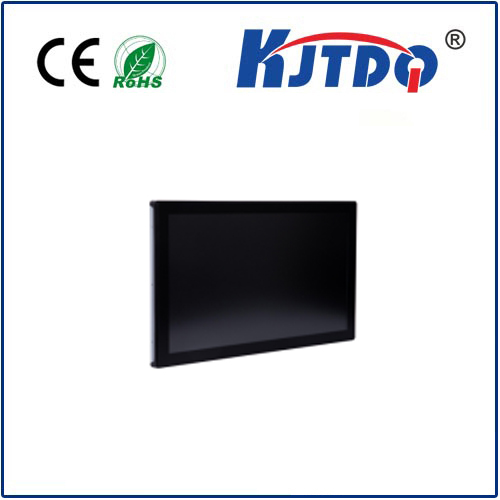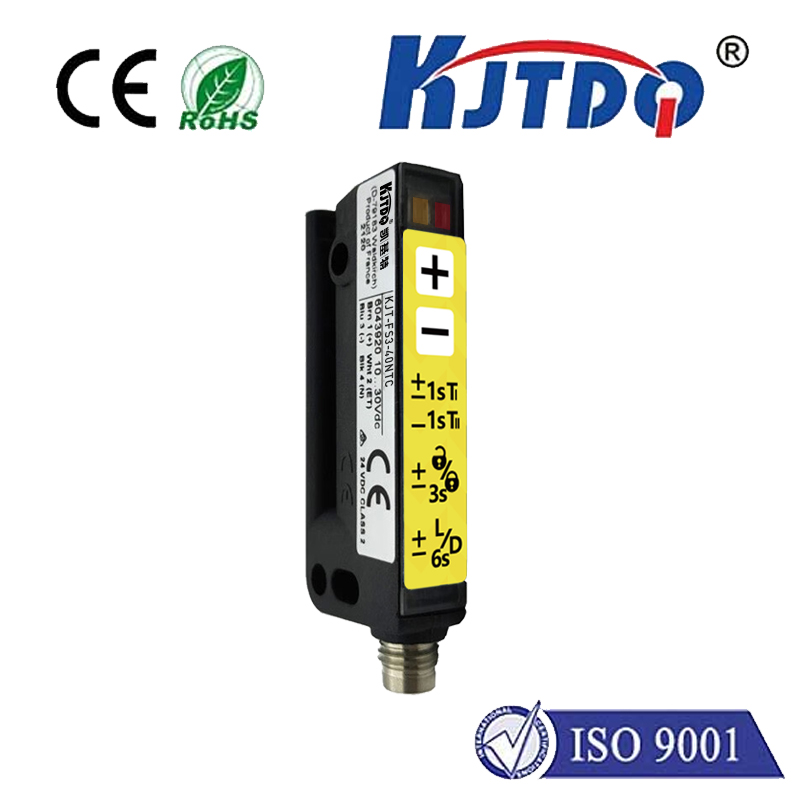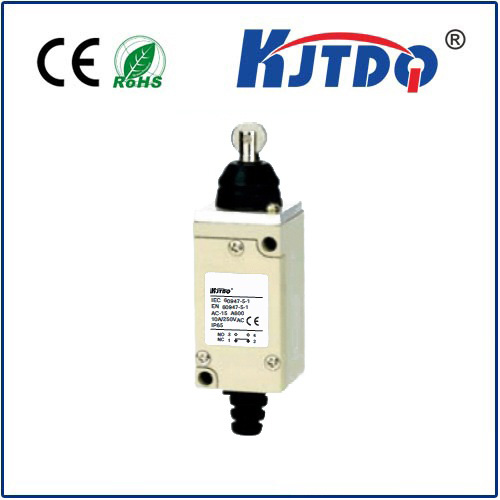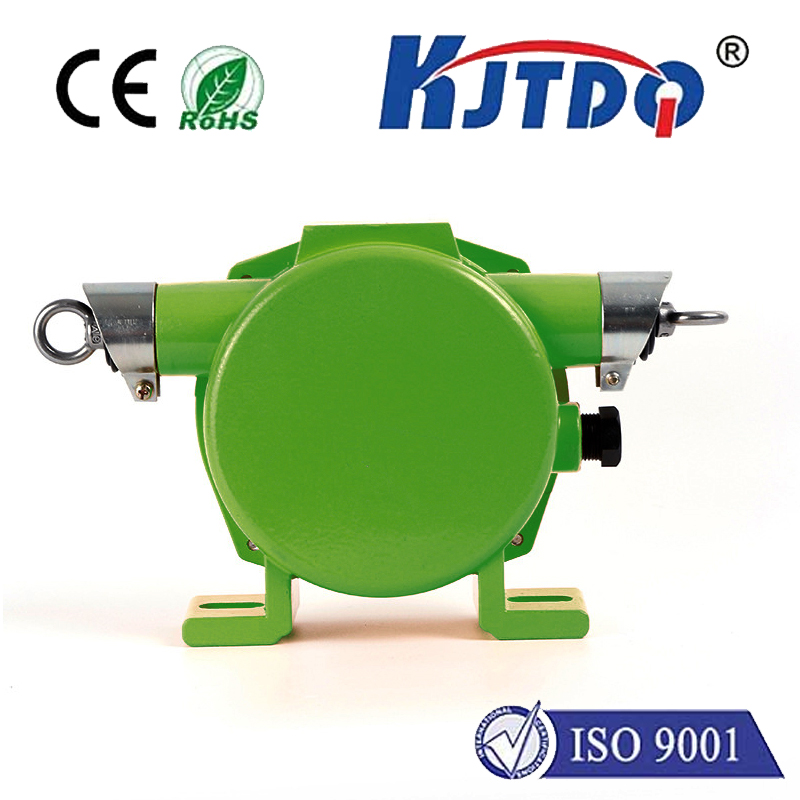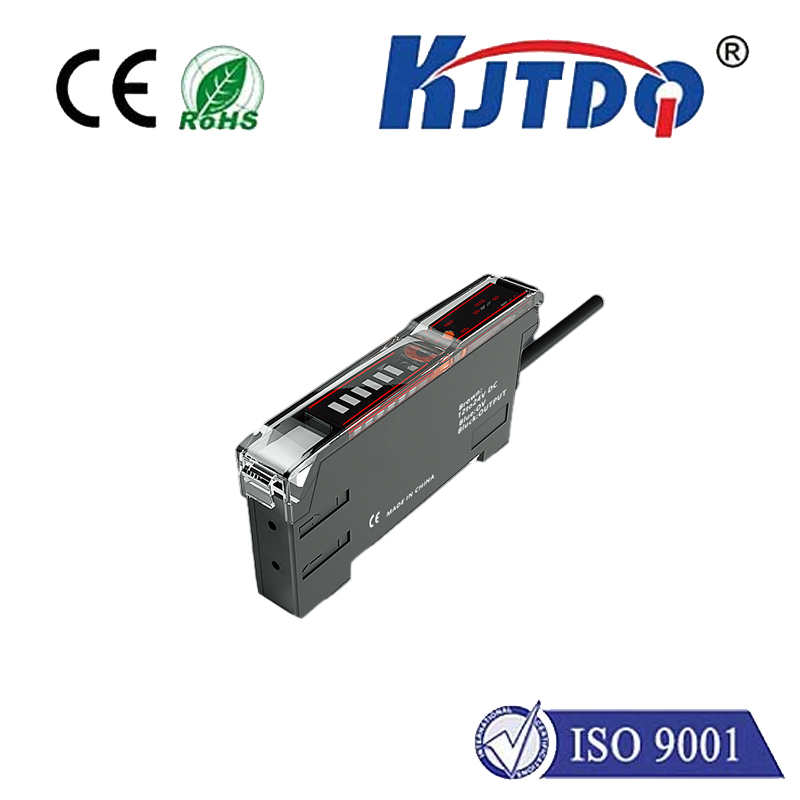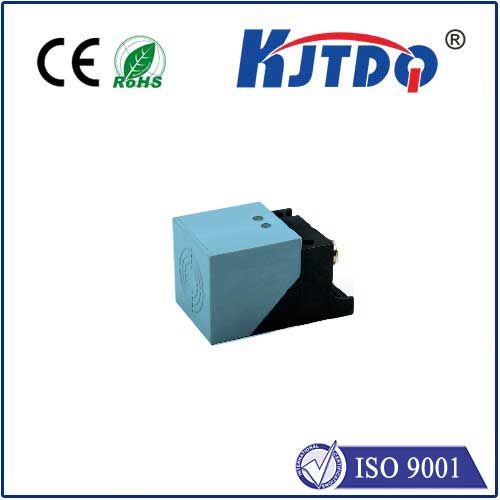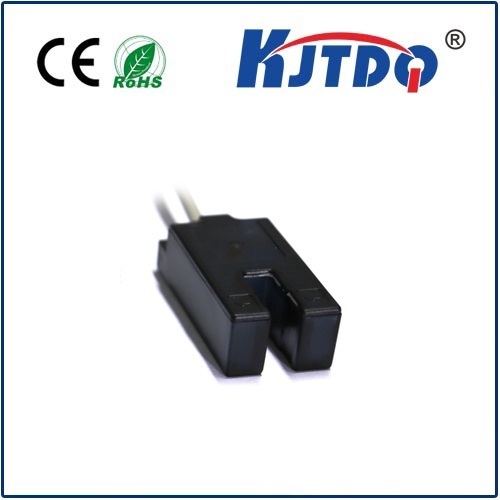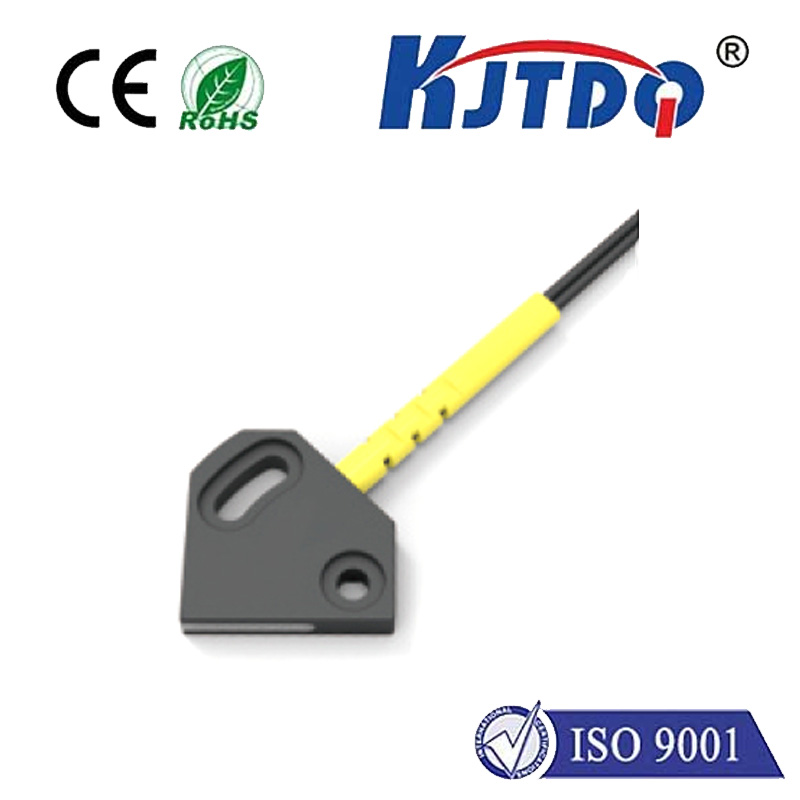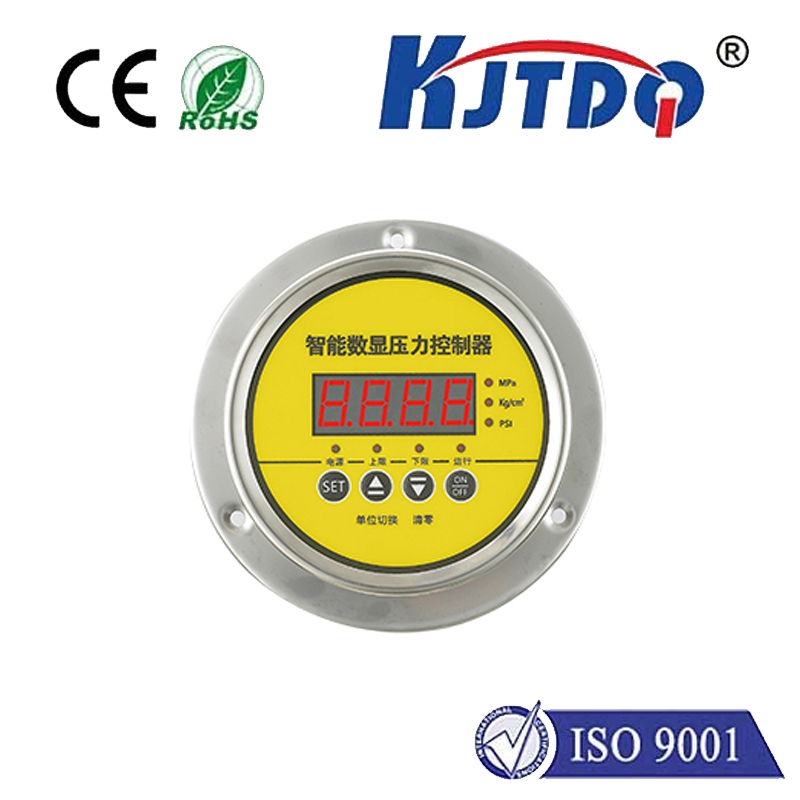optically isolated voltage sensor
- time:2025-08-16 02:51:37
- Click:0
Optically Isolated Voltage Sensors: Safeguarding Systems with Light-Based Measurement
Imagine measuring dangerously high voltages in an industrial control panel or a high-power battery system. Directly connecting test equipment introduces significant risk: a single fault could send lethal currents surging into low-voltage control circuits or sensitive data acquisition systems, causing catastrophic damage or injury. Optically isolated voltage sensors provide the critical solution, enabling precise voltage measurement while creating an impenetrable barrier between hazardous potentials and the user or sensitive electronics.
The Imperative Need for Galvanic Isolation
The core challenge in many electrical measurement scenarios is galvanic isolation. This refers to the complete electrical separation between two circuits, preventing any direct current flow between them. Without isolation, faults, transients, or ground loops can wreak havoc:
- Safety Hazards: Personnel risk electric shock when handling equipment connected to high voltages.
- Equipment Damage: Sensitive microcontrollers, data loggers, or communication interfaces can be instantly destroyed by voltage spikes or potential differences.
- Measurement Errors: Ground loops introduce noise and offset errors, corrupting the accuracy of the measured signal.
Traditional measurement methods using simple resistive dividers offer no isolation. This is where optically isolated voltage sensors become indispensable.
How Light Breaks the Electrical Connection: The Core Principle

An optically isolated voltage sensor cleverly uses light as the intermediary information carrier. Its operation involves three key stages:
- Voltage Input & Conditioning: The high-voltage signal under measurement is applied to an input circuit. This circuit typically includes scaling (e.g., resistive dividers) to reduce the voltage to a level suitable for the next stage, and often conditioning like filtering.
- The Optical Barrier (The Heart of Isolation): The conditioned electrical signal drives a light source, almost always a Light Emitting Diode (LED). The intensity of the light emitted by this LED is modulated proportionally to the input voltage.
- Crucially, the LED is physically separated from the next component by a transparent insulating barrier (often within an integrated component called an optoisolator or optocoupler).
- Light Detection & Output: On the other side of the barrier, a photosensitive device – commonly a photodiode or phototransistor – detects the light emitted by the LED. This photoreceiver converts the modulated light intensity back into a proportional electrical signal (current or voltage) on the isolated output side.
This physical separation by the transparent barrier, combined with the conversion of electricity to light and back, achieves the vital galvanic isolation. There is no conductive path between input and output. The only connection is photons traveling through insulation.
Key Advantages: Why Choose Optical Isolation?
The architecture of optically isolated sensors delivers compelling benefits:
- Exceptional Safety: Provides the highest levels of protection for personnel and equipment against high voltages (often rated for thousands of volts isolation withstand). Essential for compliance with stringent safety standards like IEC 61010.
- Noise Immunity: Breaks ground loops and significantly reduces the impact of electromagnetic interference (EMI) and common-mode voltage noise on the measurement signal. Ideal for electrically noisy industrial environments.
- High Common-Mode Rejection Ratio (CMRR): Due to the physical isolation barrier, these sensors excel at rejecting unwanted voltage differences between the input ground and output ground reference points. This results in cleaner, more accurate measurements.
- Wide Voltage Range Capability: Can be designed to measure from relatively low DC voltages up to very high AC or DC potentials by incorporating appropriate input scaling circuits alongside the optocoupler.
- Simplicity and Reliability: Modern integrated optocouplers offer robust performance in a single, compact package, simplifying circuit design compared to some other isolation techniques (like transformers for AC).
Diverse Applications: Where Precision Meets Protection
Optically isolated voltage sensors are ubiquitous wherever safety and signal integrity are paramount:
- Industrial Automation & Control: Monitoring motor drives, power supplies, and bus voltages in PLC systems, ensuring operator safety and control logic integrity.
- Renewable Energy Systems: Measuring DC link voltages in solar inverters and battery management systems (BMS), where high DC potentials are common and isolation is critical.
- Medical Equipment: Providing safe patient monitoring by isolating measurement circuits connected to the patient from the mains-powered instrumentation and operators.
- Test & Measurement Equipment: Ensuring user safety in oscilloscopes, multimeters, and data acquisition systems when probing circuits with high or floating potentials.
- Telecommunications & Power Supplies: Isolating control signals and feedback loops in switch-mode power supplies and telecom infrastructure.
- Electric Vehicle (EV) Systems: Crucial for monitoring high-voltage traction batteries and power electronics safely and accurately.
Considerations and Selection
While powerful, consider these aspects when selecting an optically isolated sensor:
- Bandwidth & Linearity: Optocouplers have inherent limitations in speed and linearity. While suitable for many monitoring tasks, applications requiring ultra-high frequency response or extreme linearity might explore alternatives like magnetic isolators (e.g., Hall-effect sensors with isolation) or capacitive isolation amplifiers.
- Accuracy: Accuracy depends on the input scaling circuit, the linearity and stability of the optocoupler, and the output conditioning circuitry. High-precision applications require careful component selection and calibration.
- Temperature Dependence: Both the LED and the photoreceiver characteristics can be temperature-sensitive. Designs must compensate for this effect, or higher-grade components with better stability should be used.
- Component Aging: LEDs can experience light output degradation over extremely long periods. This is generally a long-term reliability consideration for critical systems.
- Power Requirements: The input side (driving the LED) and the output side (powering the photoreceiver circuit) require isolated power supplies.
The Unseen Guardian
Optically isolated voltage sensors operate silently, converting dangerous potentials into manageable signals using nothing but light and insulation. They are the unseen guardians in countless electronic systems, forming an impenetrable barrier that allows critical measurements to be made safely and accurately. By fundamentally decoupling electrical circuits while maintaining signal fidelity, they enable innovation and reliability in high-power electronics, industrial control, and emerging technologies like electric vehicles and renewable energy, ensuring that progress doesn’t come at the cost of safety or accuracy. Their role in bridging hazardous potential domains safely remains indispensable in our electrified world.












